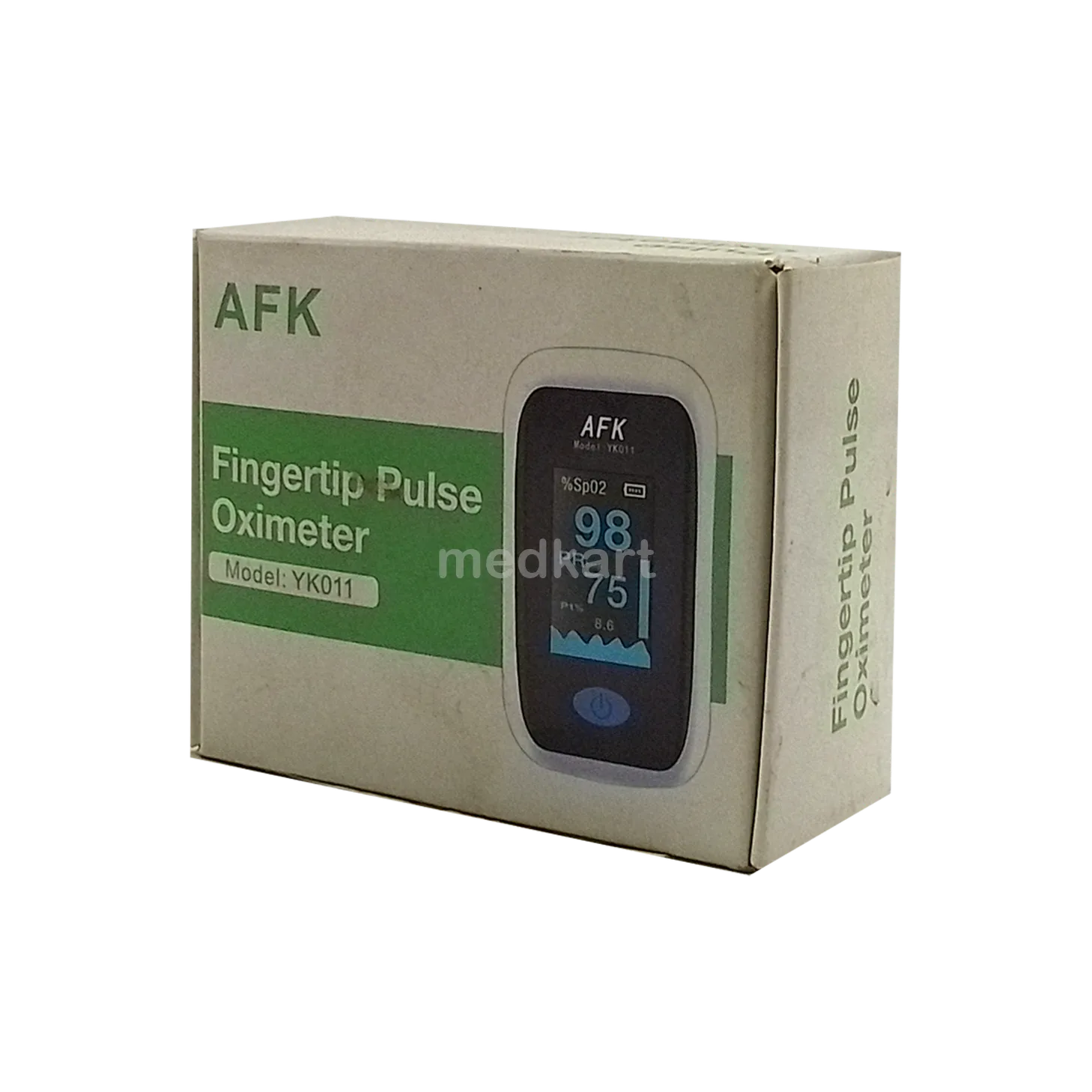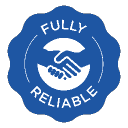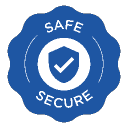

Authentic Product

India's Leading Generic Pharmacy

Secure Payment
By SURGICAL
MRP
₹
4800
₹2100
56.25 % OFF
Check Delivery
--
Pulse oximeters are generally safe, but potential issues can arise from improper use or prolonged application. These are not direct side effects of the device itself, but rather consequences of its use. * **Skin Irritation/Pressure Sores:** Prolonged use of the probe, especially with adhesive types, can cause skin irritation or pressure sores, particularly in individuals with sensitive skin or poor circulation. This is more common with continuous monitoring. * **Inaccurate Readings:** Factors such as poor circulation, cold extremities, nail polish (especially dark colors), dirt, or ambient light interference can lead to inaccurate readings. This isn't a side effect, but a limitation affecting reliability. * **False Sense of Security:** Relying solely on pulse oximeter readings without considering other symptoms or seeking professional medical advice can be dangerous. A normal reading doesn't always guarantee good health. * **Allergic Reactions:** Rarely, some individuals might experience allergic reactions to the adhesive used in disposable pulse oximeter probes. * **Burns:** Very rarely, malfunctioning or damaged pulse oximeters could potentially cause burns, but this is an equipment failure issue, not a typical side effect. This is especially a risk with older or poorly maintained devices. * **Anxiety:** Over-reliance on the device, particularly in health-anxious individuals, can lead to increased anxiety and unnecessary medical consultations due to misinterpreted readings.

Allergies
SafeAllergies do not directly affect the use of a pulse oximeter.
A pulse oximeter is a medical device that measures the oxygen saturation level in your blood. It clips onto your finger, toe, or earlobe and uses light to determine the percentage of oxygen in your blood.
Pulse oximeters are used to monitor various conditions, such as asthma, pneumonia, COPD, sleep apnea, and COVID-19. It is also useful for monitoring patients under anesthesia.
A normal oxygen saturation level for healthy individuals is typically between 95% and 100%.
Several factors can affect pulse oximeter readings, including poor circulation, cold hands, nail polish, and certain medical conditions.
A pulse oximeter cannot detect COVID-19, but it can help detect a drop in blood oxygen levels, which is a common symptom of COVID-19.
To use a pulse oximeter, clip it onto your finger, toe, or earlobe. Make sure your skin is clean and dry. Turn on the device and wait a few seconds for the reading to stabilize.
Yes, you can use a pulse oximeter at home. This is especially helpful for people who have respiratory problems or are recovering from COVID-19.
The cost of a pulse oximeter varies depending on the brand and features. Typically, they can range from ₹500 to ₹5000.
Slight variations in readings are common. However, if you see significant variations, ensure the device is correctly positioned, and your finger is still. Seek medical advice for consistently low readings.
Yes, a pulse oximeter can be used on children. There are specific pulse oximeters designed for pediatric use.
To clean a pulse oximeter, wipe it down with a soft cloth lightly dampened with an alcohol-based disinfectant.
Store the pulse oximeter in a cool, dry place away from direct sunlight.
Ensure the device is functioning correctly, the battery is charged, and your finger is clean. If the issue persists, contact a medical professional.
There can be differences between brands in terms of accuracy, durability, and additional features. Always buy from reputable manufacturers.
Consider factors like accuracy, ease of use, screen visibility, battery life, and reputable brand.
Had a good experience when I went for purchasing medicine. Appreciate the service
Chitrang Shah
•
Reviewed on 07-11-2022
(5/5)
Have a great place to purchase medicine.
Bipin Lathiya official
•
Reviewed on 14-12-2022
(5/5)
Best service always... Best staff ..thank u being over life part
Nisha Khan
•
Reviewed on 01-07-2023
(5/5)
Best for medicine and helpfull.😊
Dilip Darji
•
Reviewed on 02-02-2024
(5/5)
WHO GMP certified generic medicines at affordable prices are available
Dhaval Talaviya
•
Reviewed on 23-05-2023
(5/5)
SURGICAL
Country of Origin -
India

MRP
₹
4800
₹2100
56.25 % OFF
Quick Links
Medkart's sole intention is to ensure that its consumers get information that is expert-reviewed, accurate and trustworthy. However, the information contained herein should NOT be used as a substitute for the advice of a qualified physician. The information provided here is for informational purposes only. This may not cover everything about particular health conditions, medicines, generic alternatives, all possible side effects, drug interactions, warnings, alerts, lab tests, etc. Please consult your doctor and discuss all your queries related to any disease or medicine. We intend to support, not replace, the doctor-patient relationship.
10 Lakh+
Happy customers
35000+
Pin-codes Covered
75 Lakh+
Orders Delivered

Authentic Products
All WHO-GMP Certified Medicines
©2025 Medkart Pharmacy. All Rights Reserved